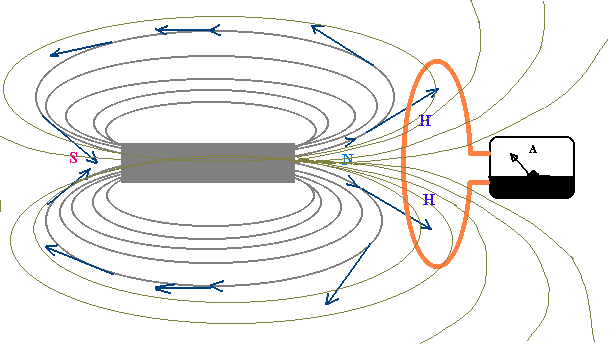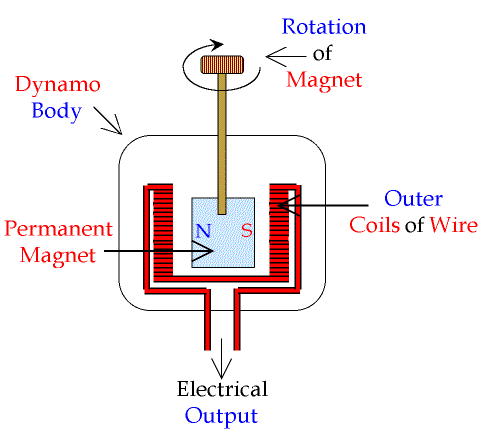In 1831, the English physicist Michael Faraday observed that when a conductor coil moves in a magnetic field it is crossed by a transient current (only during motion); at the same time, a transient current will also appear in a conductor immersed in a time varying magnetic field (caused by a moving magnet), only for the duration of the magnetic flux variation.
This is important to underline – only when the magnetic flux varies, no matter who’s moving, the conductor or the magnet. The principle of electromagnetic induction has various applications, such as the dynamo: a magnet in constant rotation within a coil, a spiral of conductor wire. The mere fact that a rotating magnet continuously generates a varying magnetic flux in the coil, generates a current in it.
The rotation can be provided by a windmill’s or watermill’s blades (for example near a waterfall or artificial dam); vapor generated by heating water can also provide rotation, by burning various kinds of fuels like coal, oil, gas …or by water heated through radioactive decay of certain elements. In a more prosaic case, the rotating magnet can be connected to a spinning bicycle wheel…
Thus, movement generates electric energy…

